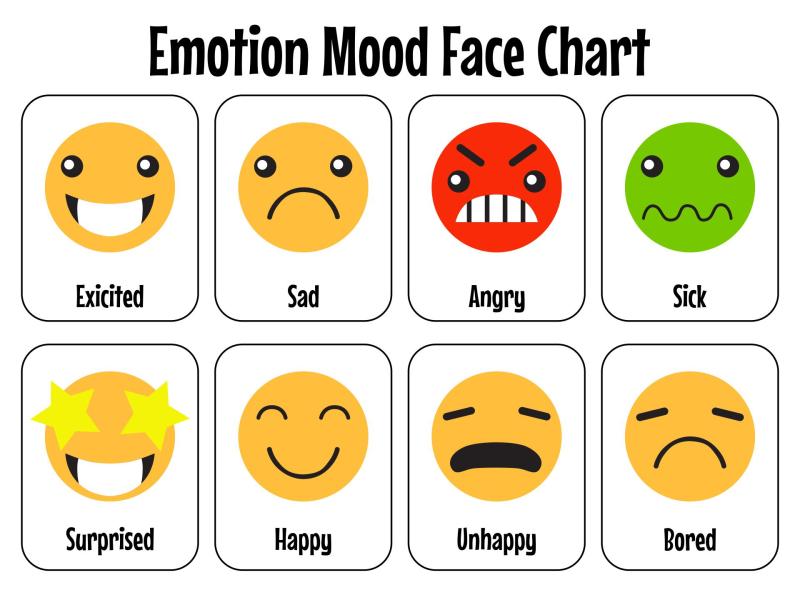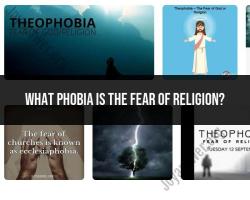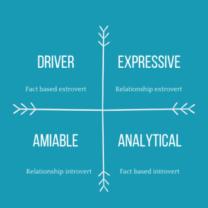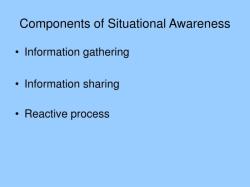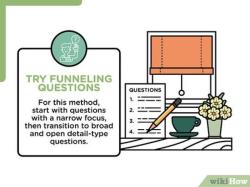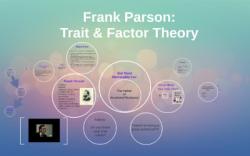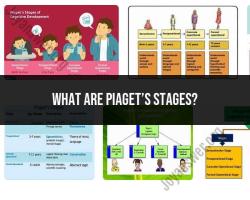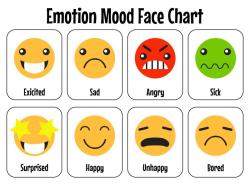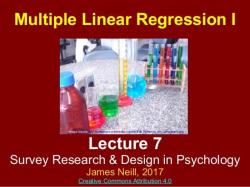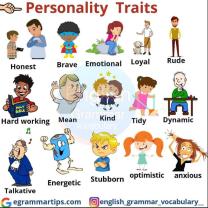What are the different moods?
Moods refer to a person's emotional state or disposition at a particular time. They are subjective and can be influenced by various factors such as experiences, thoughts, and external events. Here are some common emotional states or moods that people may experience:
Happiness/Joyful:
- A positive emotional state characterized by feelings of happiness, contentment, and pleasure.
Sadness/Unhappy:
- A negative emotional state marked by feelings of sorrow, grief, or unhappiness.
Anger/Irritated:
- An intense emotional state characterized by feelings of displeasure, frustration, or resentment.
Fearful/Anxious:
- An emotional state associated with feelings of fear, apprehension, or anxiety, often triggered by perceived threats.
Surprise/Shocked:
- A sudden and unexpected emotional state characterized by astonishment or amazement.
Disgust/Revulsion:
- An emotional state marked by feelings of aversion, repulsion, or strong dislike.
Excitement/Energetic:
- A heightened state of arousal and positive anticipation, often associated with enthusiasm or excitement.
Calm/Relaxed:
- A tranquil emotional state characterized by a lack of stress or agitation.
Confident/Assured:
- An emotional state marked by feelings of self-assurance, confidence, and belief in one's abilities.
Nostalgic/Sentimental:
- An emotional state associated with fond memories or a longing for the past.
Boredom/Uninterested:
- An emotional state characterized by feelings of monotony, lack of interest, or disengagement.
Curious/Inquisitive:
- An emotional state marked by a desire to explore, learn, or understand something new.
Appreciative/Grateful:
- An emotional state characterized by feelings of gratitude, appreciation, or thankfulness.
Enthusiastic/Passionate:
- A highly positive and energetic emotional state marked by passion and excitement.
Pensive/Thoughtful:
- An emotional state characterized by deep thinking, reflection, or contemplation.
Eager/Anticipatory:
- An emotional state associated with a strong desire or eagerness for something in the future.
It's important to note that these emotional states are not mutually exclusive, and individuals may experience a combination of different moods throughout the day. Additionally, the intensity and duration of moods can vary widely from person to person. Understanding and recognizing one's own moods and those of others is essential for emotional intelligence and effective interpersonal relationships.
Embracing the Rainbow: A Journey Through the Emotional Landscape
Emotions, vibrant and diverse, paint the canvas of our lives. But navigating this internal landscape can sometimes feel like deciphering a foreign language. Fear not, fellow explorers! This guide equips you with the tools to recognize, understand, and embrace the full spectrum of your emotional states:
1. A Comprehensive Guide to Different Moods:
- Joy: Exuberant, buoyant, filled with delight and satisfaction. Think laughing with friends, achieving a goal, or basking in a beautiful sunset.
- Sadness: Melancholy, contemplative, marked by sorrow or loss. It can be triggered by grief, disappointment, or simply the bittersweet beauty of life.
- Anger: Fiery, hot-headed, driven by frustration or injustice. It's important to express it constructively and avoid harmful outlets.
- Fear: Anxious, apprehensive, triggered by perceived threats or uncertainty. Understanding the source of fear can help manage it effectively.
- Love: A warm, tender, and affectionate feeling towards another person, place, or concept. It manifests in different forms, from romantic love to friendship and appreciation.
- Frustration: Irritated, blocked, unable to achieve a desired outcome. Finding alternative solutions and practicing patience can ease frustration.
- Boredom: Disengaged, restless, lacking interest or stimulation. Seeking new experiences and creative outlets can combat boredom.
- Peace: Tranquil, serene, a state of inner calm and harmony. It can be cultivated through mindfulness practices and connecting with nature.
2. Recognizing Various Moods:
- Body cues: Listen to your physical sensations. Tight muscles, rapid heartbeat, or tense jaw can indicate different emotions.
- Thoughts and self-talk: Pay attention to the internal dialogue running through your mind. Negative self-talk and catastrophizing often fuel certain moods.
- Triggers and patterns: Identify situations or events that typically trigger specific emotions. Understanding these patterns can help you be proactive.
- Facial expressions: Observe not just your own expressions but also those of others to gauge emotional states.
- Behavior and actions: Notice how your emotions manifest in your actions. Becoming withdrawn, lashing out, or seeking comfort are all emotional expressions.
How to Identify and Cope with Different Emotional States:
- Label your emotions: Naming your emotions gives you power over them. Instead of "I feel bad," try "I feel frustrated because..."
- Acknowledge and accept: Don't judge or suppress your emotions. Allow yourself to feel them fully, but in a healthy way.
- Healthy coping mechanisms: Exercise, journaling, talking to a friend, or practicing relaxation techniques can help manage intense emotions.
- Seek help if needed: Don't hesitate to reach out to a therapist or counselor if you're struggling to cope with difficult emotions.
Remember: Emotions are not weaknesses; they are valuable signals guiding us through life. Embracing the full spectrum, both positive and negative, allows us to live authentically, build strong relationships, and cultivate emotional well-being. So, explore your emotional landscape, embrace the colors, and weather the storms—the journey promises growth, self-discovery, and a deeper understanding of yourself and the world around you.
Happy navigating!
